9 leading international designers to create a table and seating, for personal use that reflected their new ways of living and working from home.

November 16th, 2020
Covid-19 has changed the way we live, work and interact. Designers around the world have had to adjust their processes and rely on new technologies to work with colleagues and Clients from a distance, often from improvised home offices.
The American Hardwood Export Council (AHEC), The Design Museum in London and Benchmark Furniture challenged 9 leading international designers to create a table and seating, for personal use that reflected their new ways of living and working from home. They named this unique collaboration ‘Connected’.
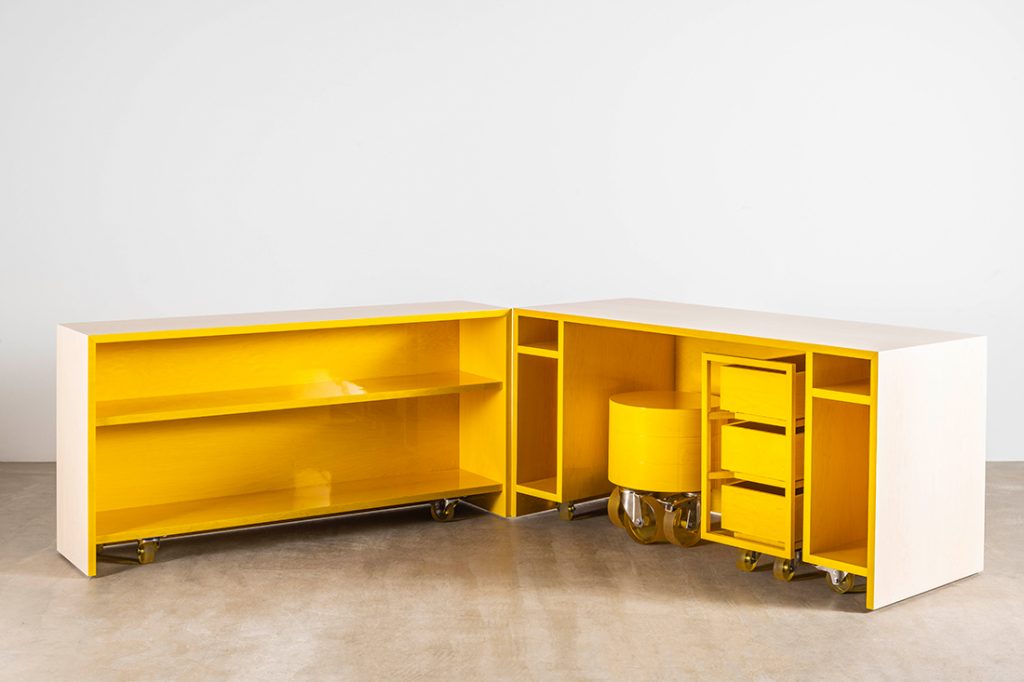
The designers had a choice of three sustainable American hardwood species for their work – red oak, maple or cherry. In this time of limited physical contact, the designers and Benchmark, the manufacturer, needed to rely solely on digital communication and video meeting to discuss and execute the designs. This required an elevated level of trust between designer and maker. The 9 designers saw their pieces in real life for the first time when they were unveiled at The Design Museum in September this year.
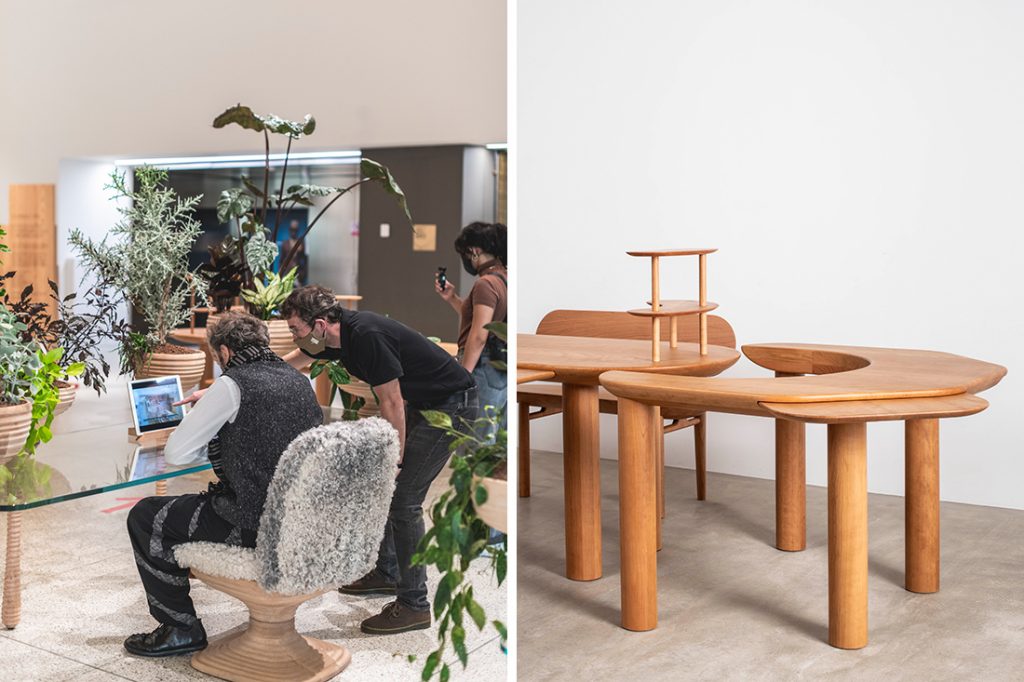
The diverse and personal responses to the brief boasted an array of natural and stained finishes which explored all elements of these sustainable timbers.
“It’s been fascinating to see how creating at a distance has worked” says Sean Sutcliffe, co-founder of Benchmark Furniture. “As we’ve gone from design and development through to production we have remained in close contact by phone, video link and photographs – each designer has learned to put their faith in the look, touch and judgement of our craftsmen. There have been challenges around the communication of colour in the timbers as screen settings can vary and texture is hard to convey digitally, but the hardest thing to explain has been the sense of physical presence of a piece…the scale and weight as we feel it when we stand with it”.
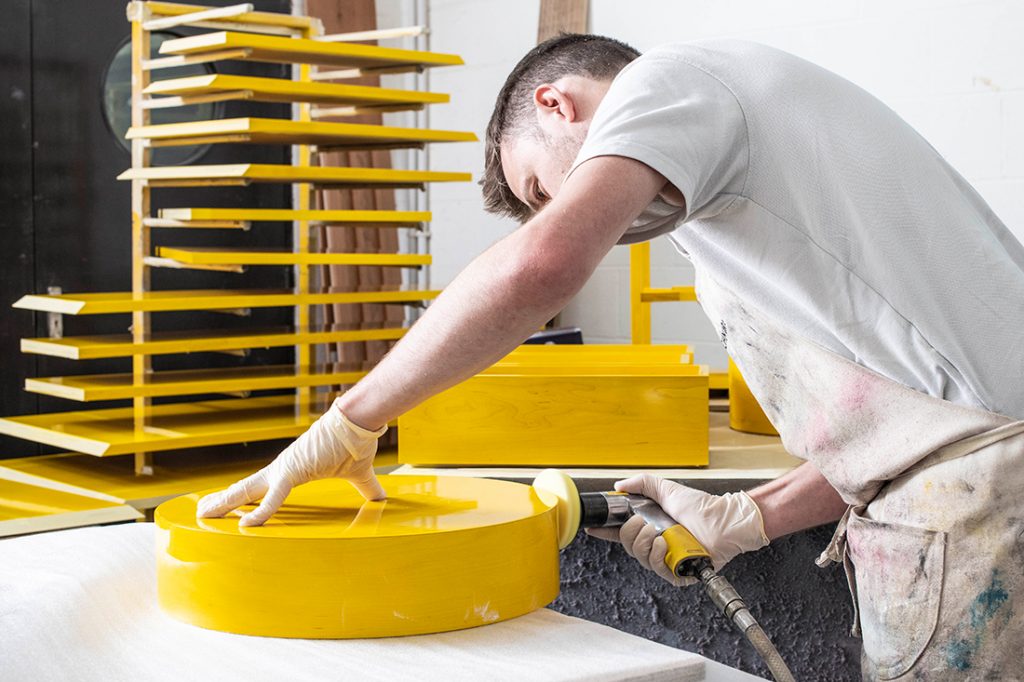
Trees are huge carbon stores. When forests are well managed and timber is skilfully and responsibly processed and transported, as is the case in the USA, hardwoods remains better than carbon neutral on arrival in any of the markets in the world into which they are imported.
The new method of working experienced by the designers can also be good for the planet: “There are some clear benefits in terms of the carbon footprint of a project if you are working in this way, especially if you are able to cut down international travel” concludes Sutcliffe.
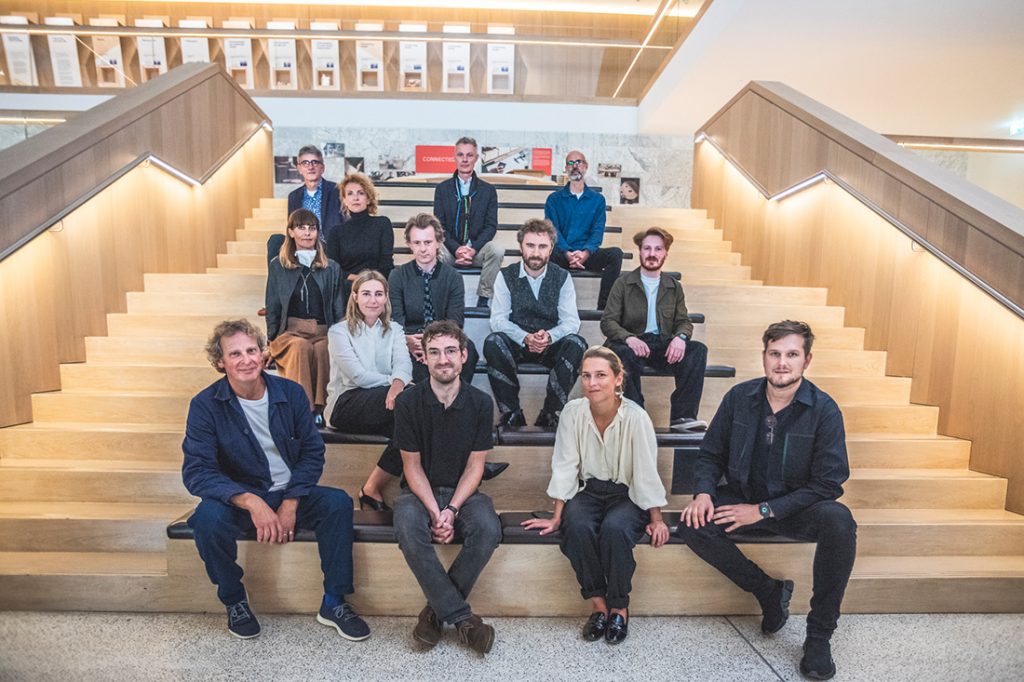
Find out more about sustainable American hardwood species at https://www.americanhardwood.org/en/environmental-profile/sustainability
or follow @ahec_sea

INDESIGN is on instagram
Follow @indesignlive
A searchable and comprehensive guide for specifying leading products and their suppliers
Keep up to date with the latest and greatest from our industry BFF's!
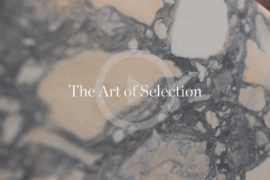
CDK Stone’s Natasha Stengos takes us through its Alexandria Selection Centre, where stone choice becomes a sensory experience – from curated spaces, crafted details and a colour-organised selection floor.
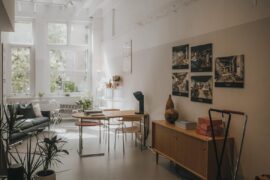
Sydney’s newest design concept store, HOW WE LIVE, explores the overlap between home and workplace – with a Surry Hills pop-up from Friday 28th November.

In an industry where design intent is often diluted by value management and procurement pressures, Klaro Industrial Design positions manufacturing as a creative ally – allowing commercial interior designers to deliver unique pieces aligned to the project’s original vision.
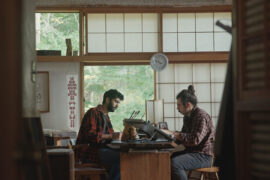
AHEC has produced a documentary exploring forestry and stewardship through long-term forest management and human responsibility.
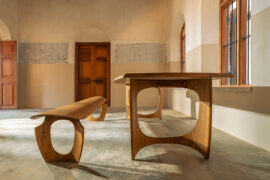
Architect, designer and craftsman Adam Markowitz bridges the worlds of architecture and fine furniture, blending precision, generosity and advocacy to strengthen Australia’s craft and design community.
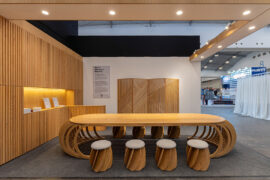
The final instalment in our three-part series on collaborations between the world’s best designers and the American Hardwood Export Council.
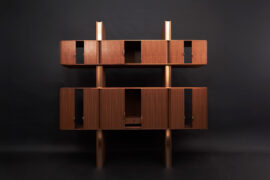
Adam Markowitz Design, in collaboration with Simeon Dux, has been awarded The Object at the INDE.Awards 2025. Their winning project, A Cabinet of Curiosities, is a masterwork of craftsmanship and adaptability; a poetic response to shifting domestic and professional life in the post-COVID era.
The internet never sleeps! Here's the stuff you might have missed
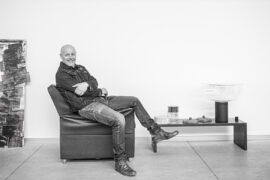
We caught up with Abramo Manfrotto, CEO of Venetian decorative lighting brand LEUCOS, during a visit to Australia with dedece.
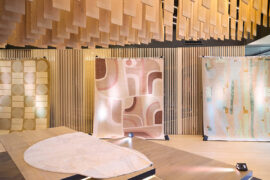
Tongue & Groove hosted a lively gathering to celebrate two new collections by Greg Natale, bringing together designers and industry peers.
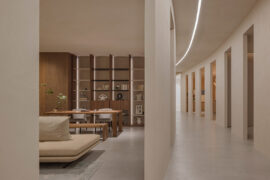
The Simple Living Passage marks the final project in the Simple World series by Jenchieh Hung + Kulthida Songkittipakdee of HAS design and research, transforming a retail walkway in Hefei into a reflective public space shaped by timber and movement.